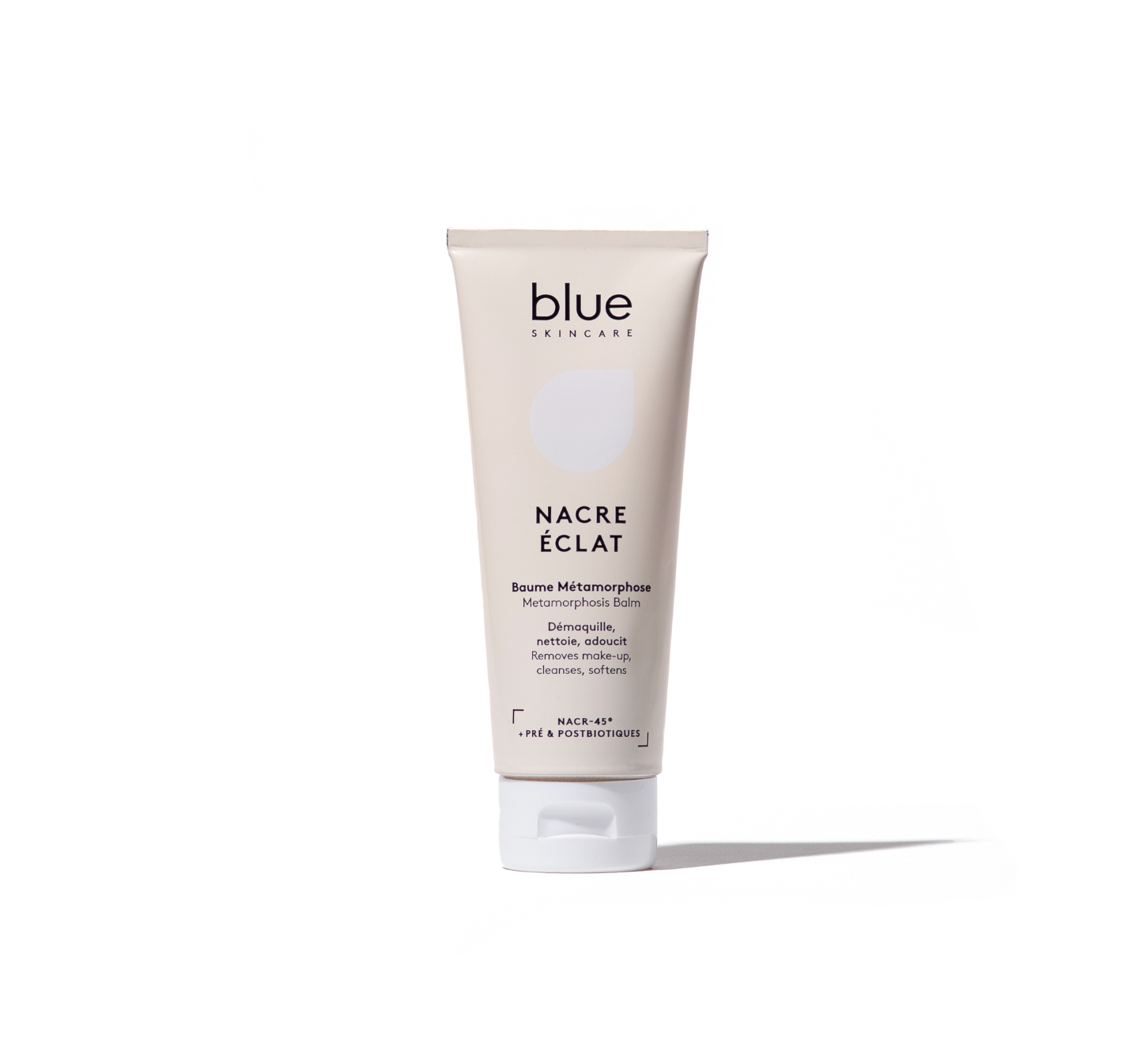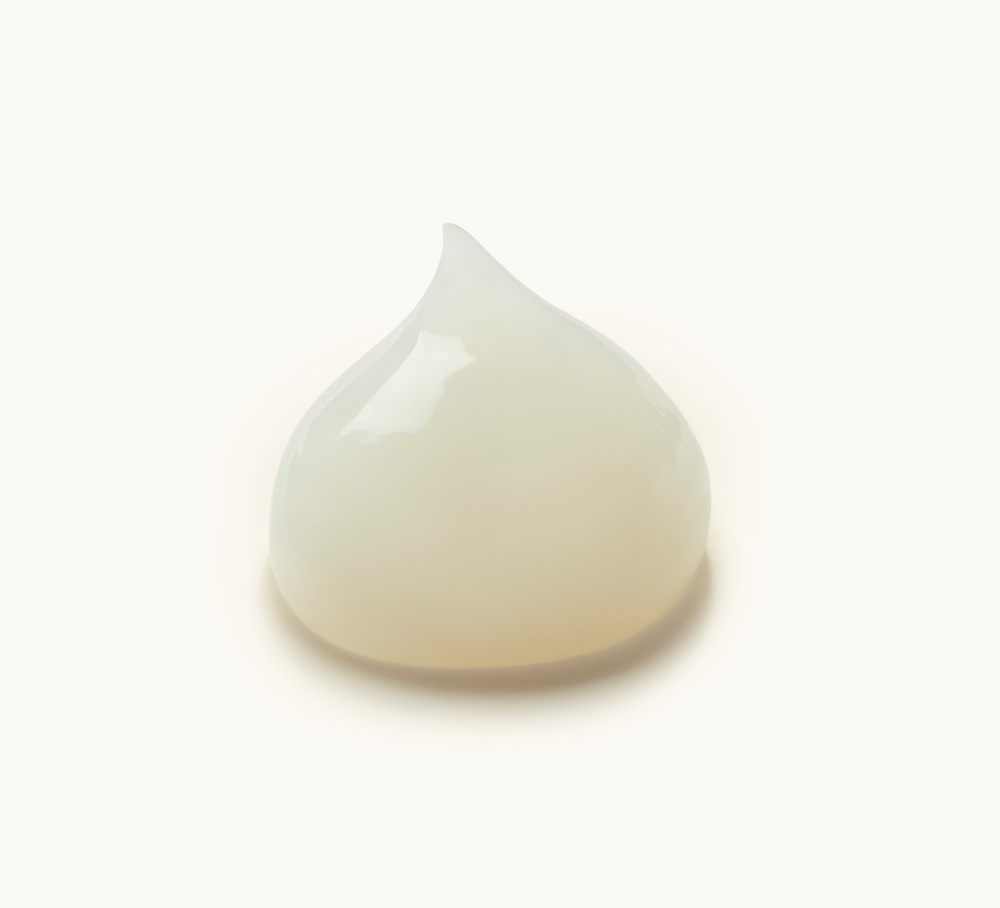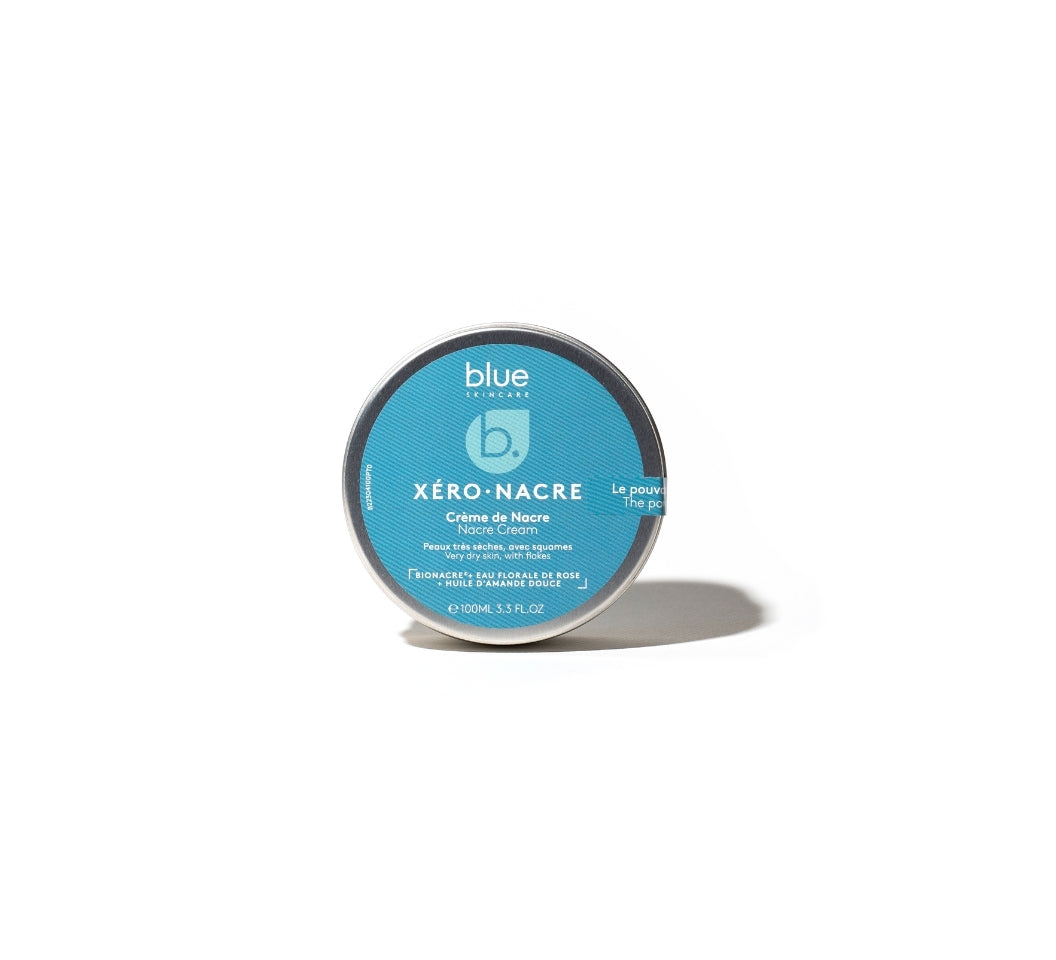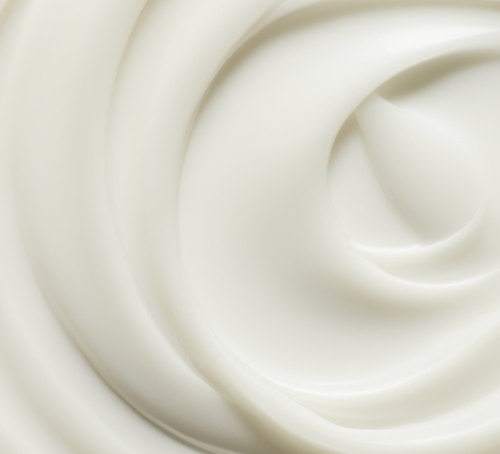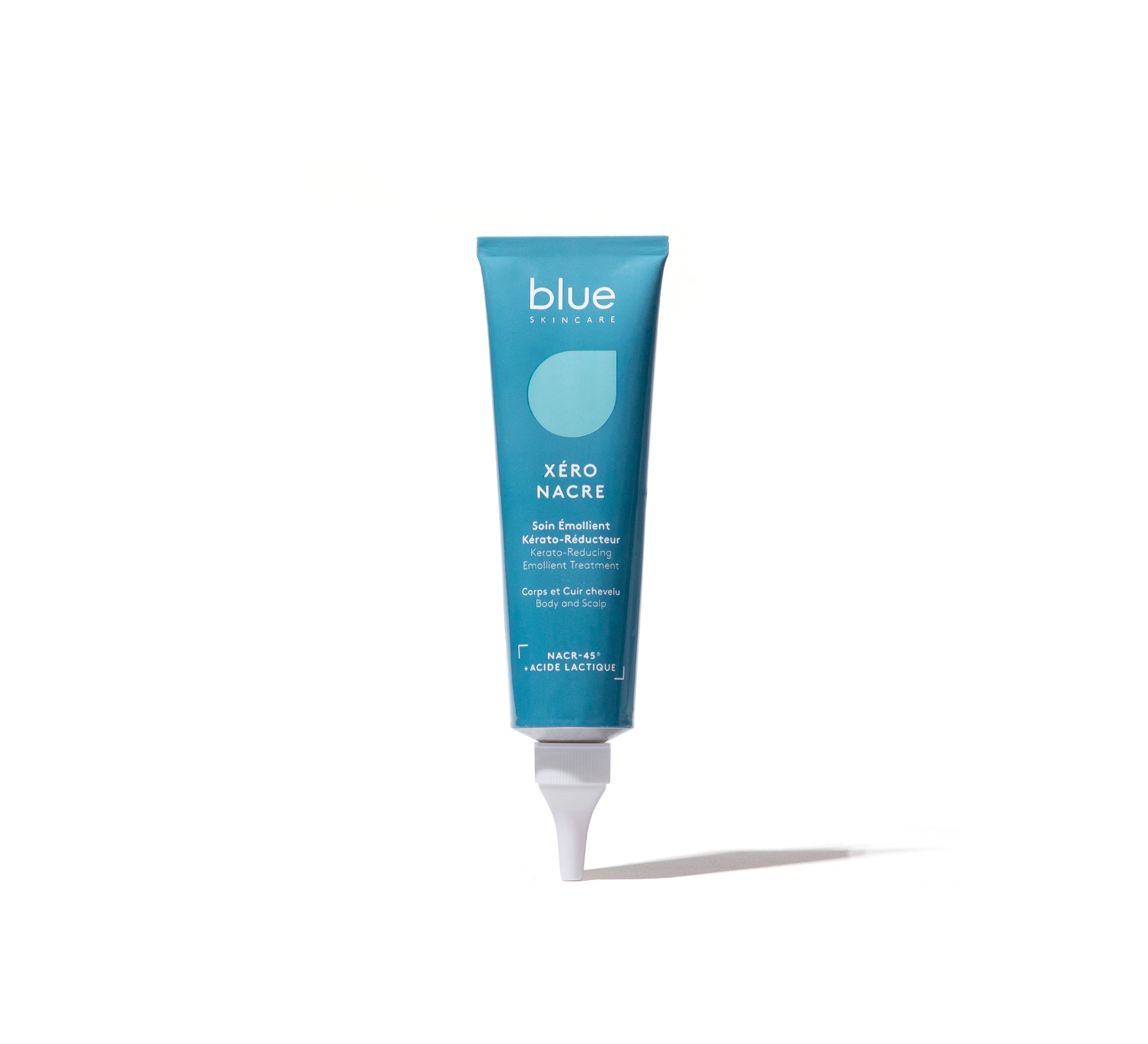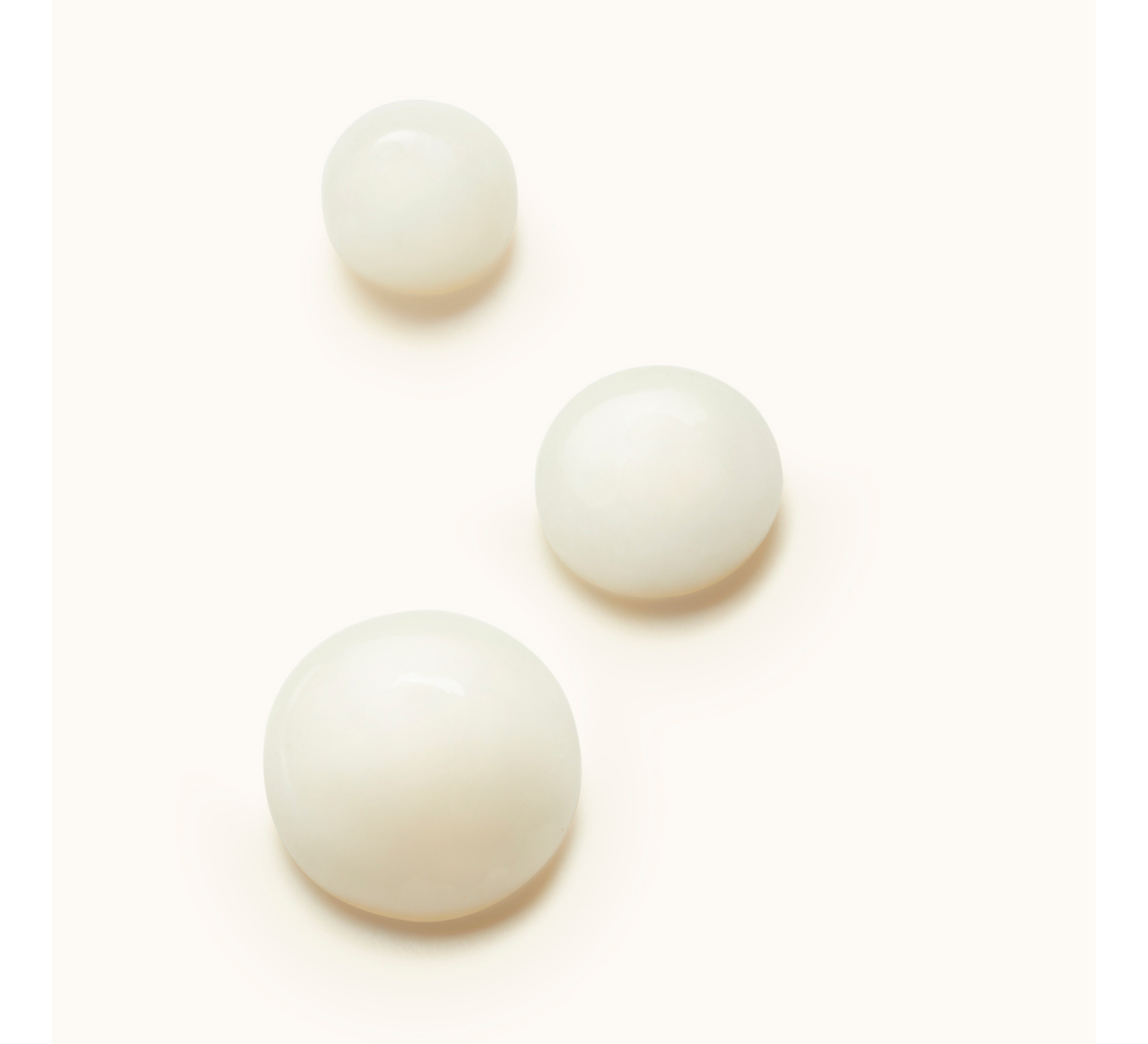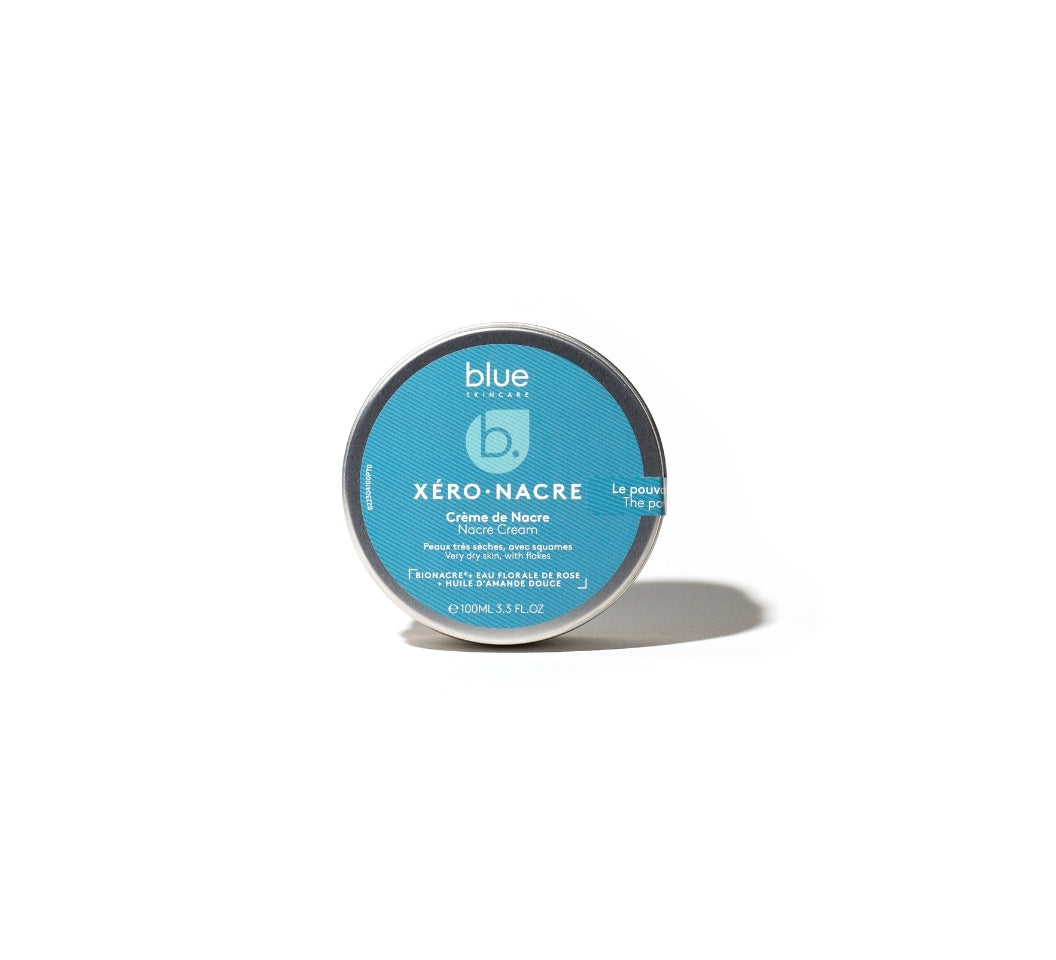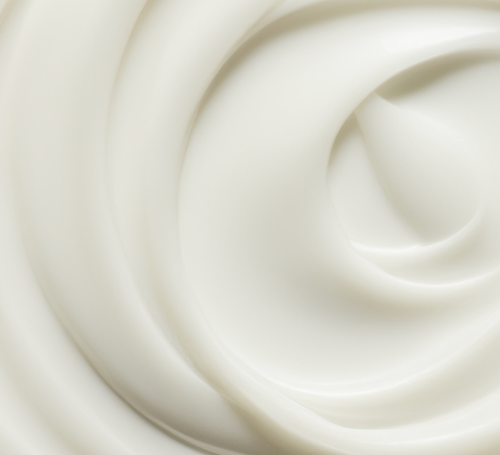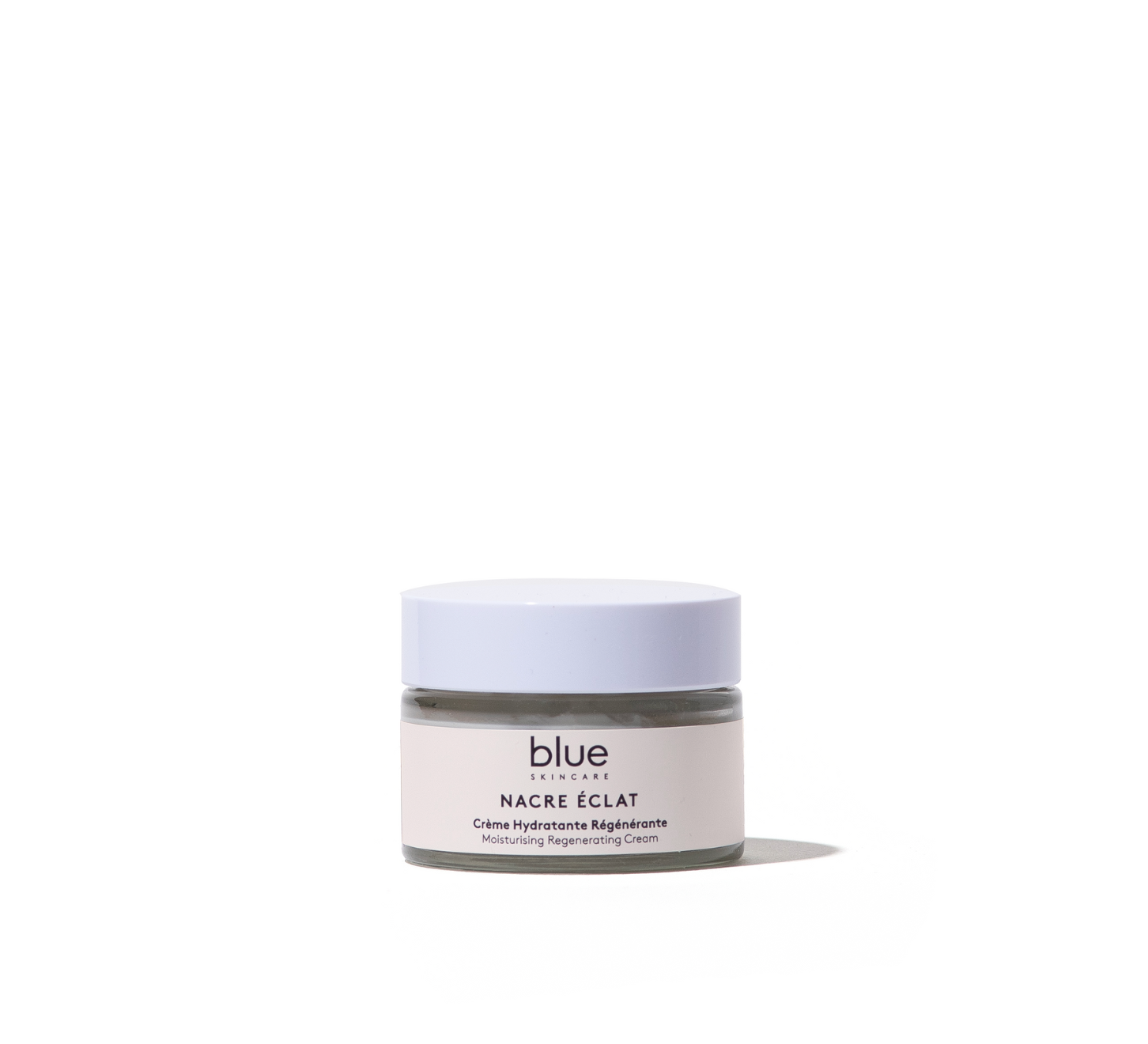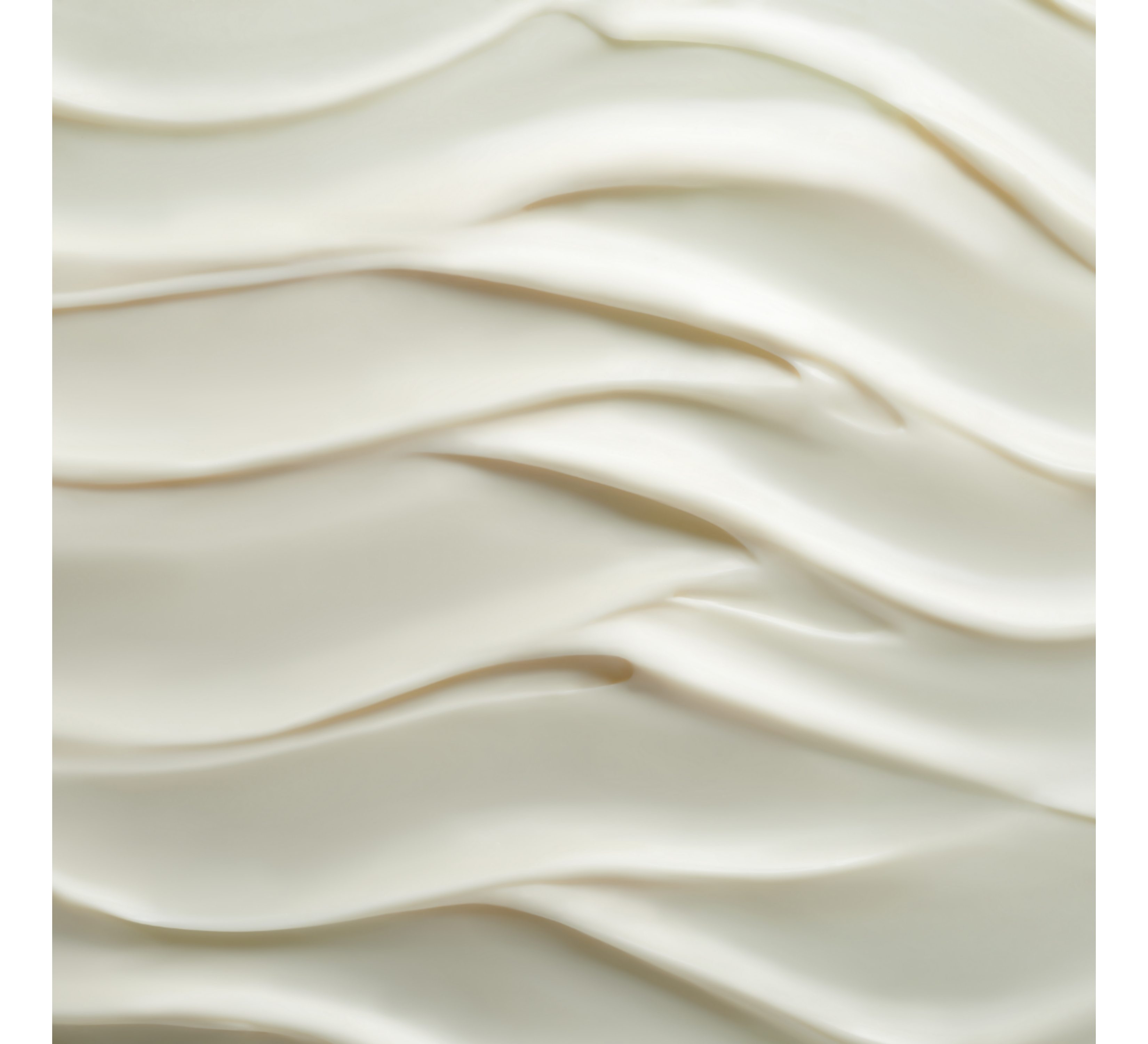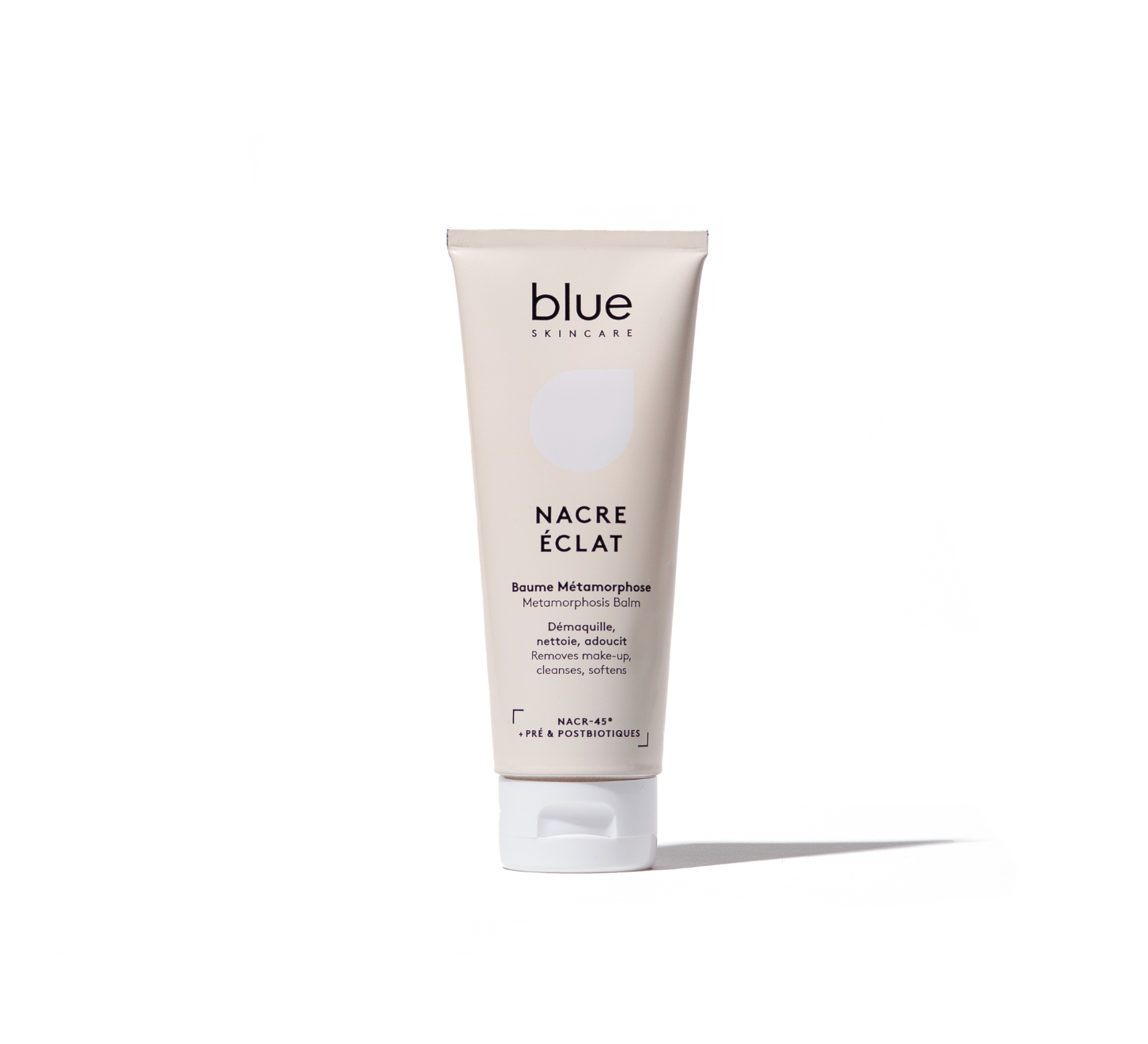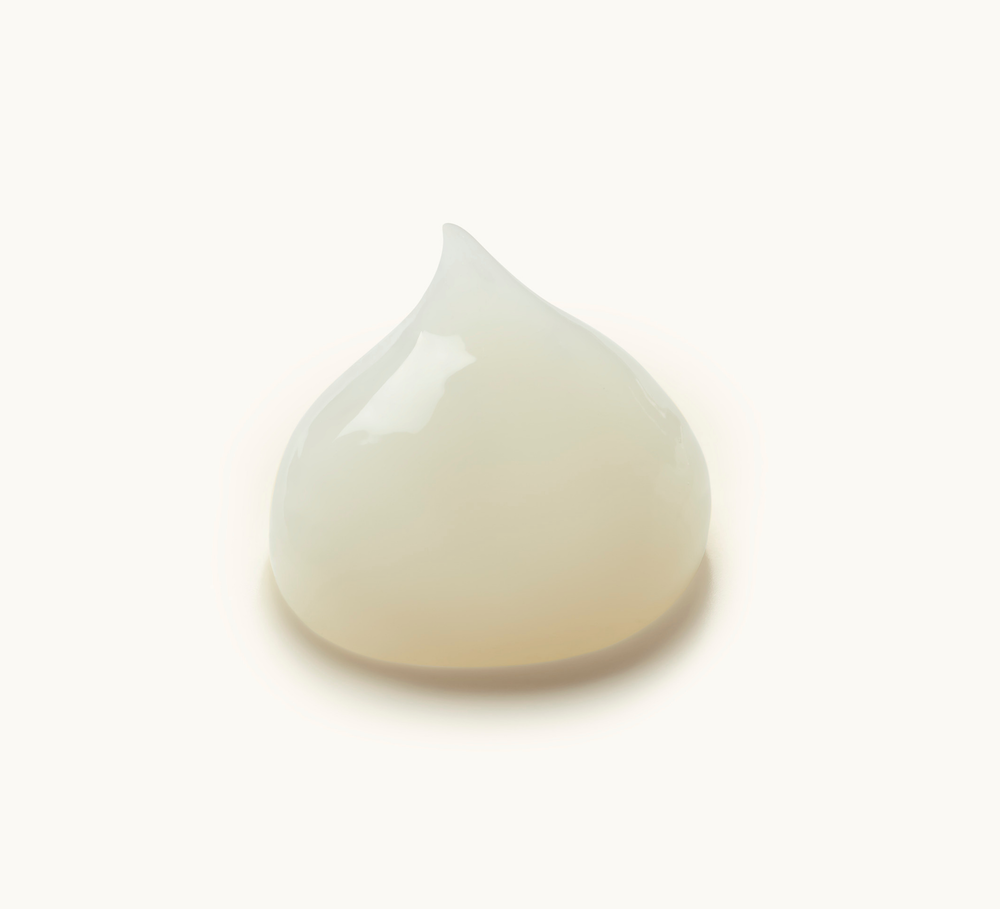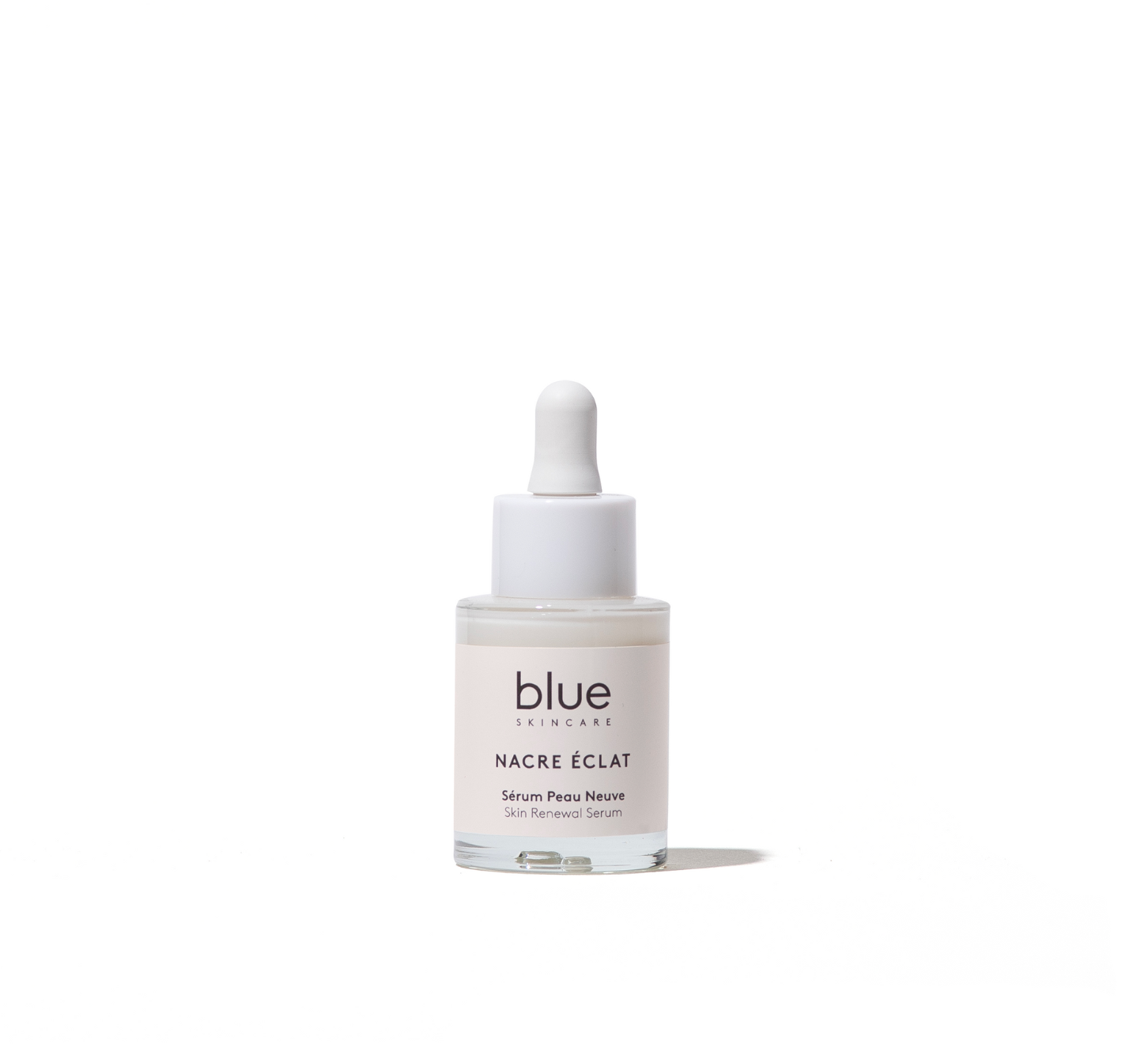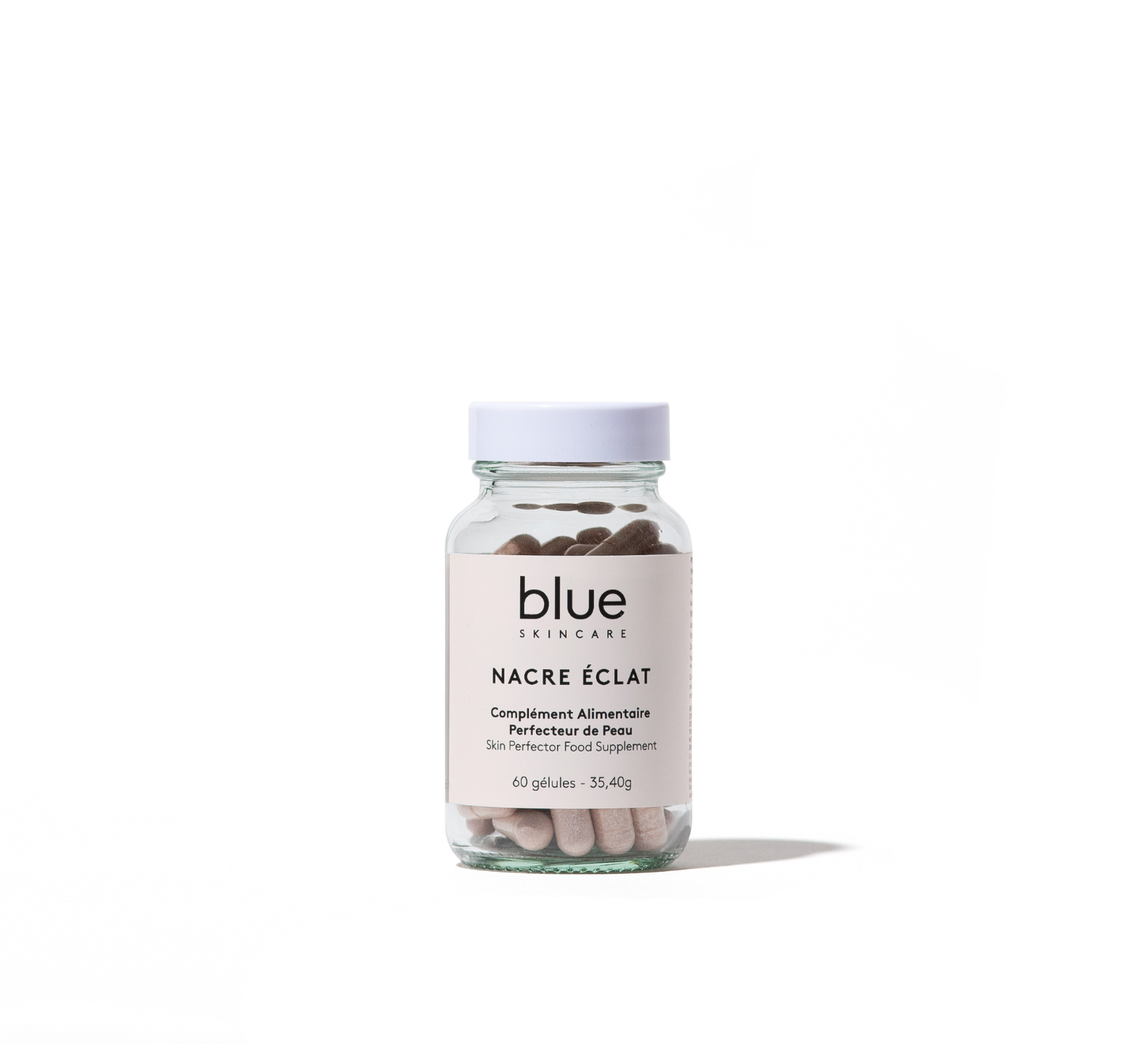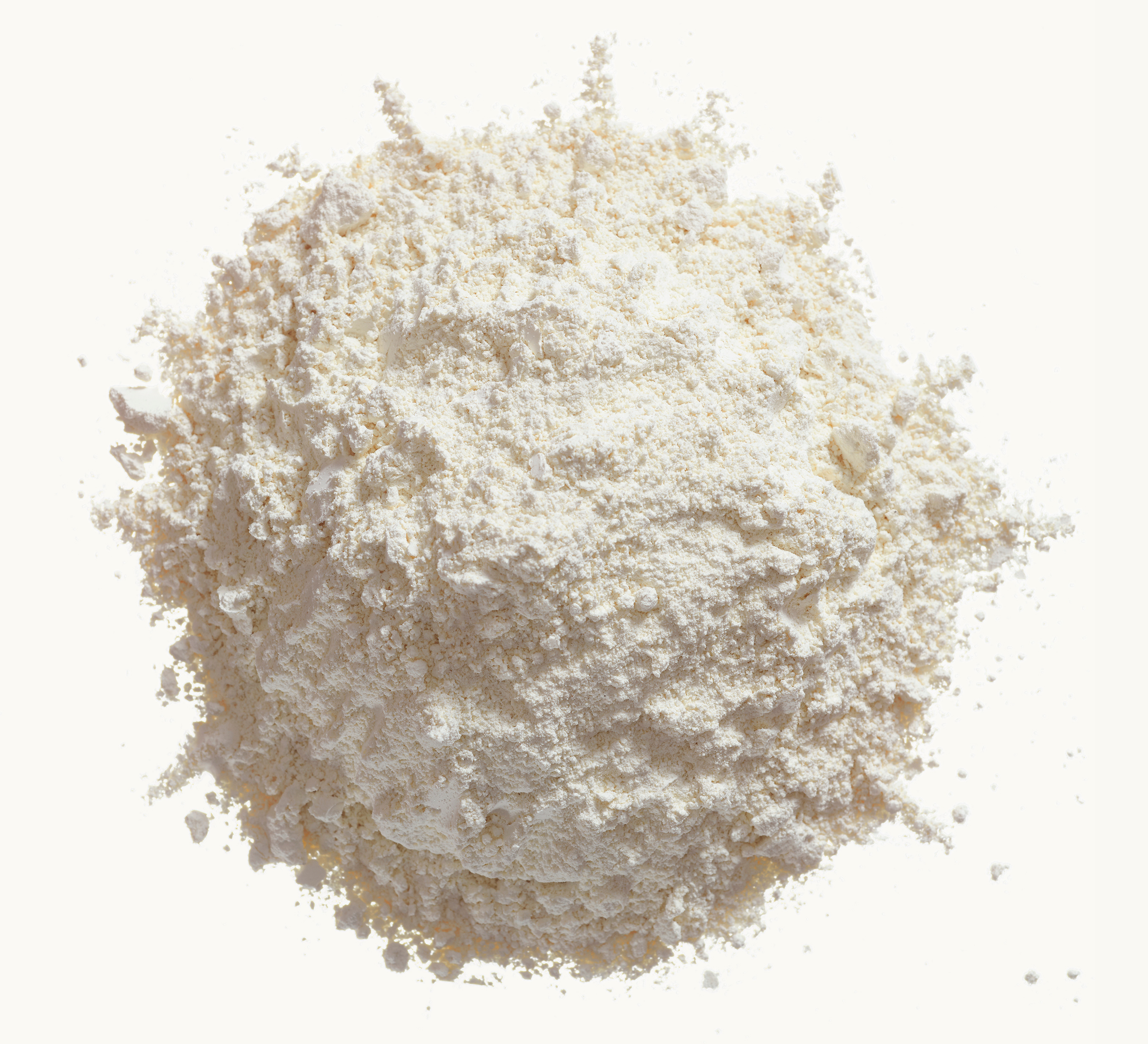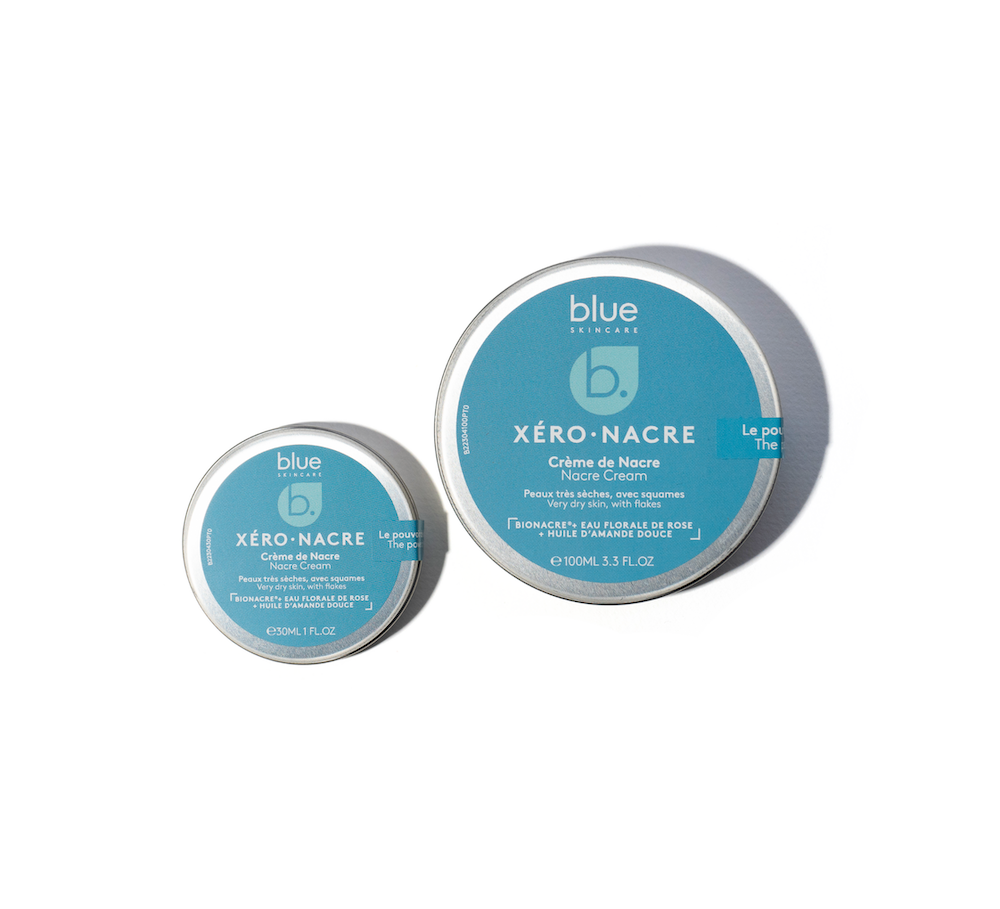They are fragrant, often slender, highly tasty, they have the secret of waking up all dishes. We have a crush on chic aromatics… andclean .
On their frail shoulders rests the mission to amaze, pimp, alkalize, invigorate, potentiate, regulate. Their almost unlimited powers seduce naturopaths and nutritionists who never stop praising their merits so that you, clean addicts, adopt them. All of them, or almost, and definitively.
“As soon as I studied them, they surprised me,” says Aurélie Canzoneri, naturopath. “When you don’t know anything about them, you just think about adding a few pinches of aromatic herbs here and there for their flavor, even though they have real health benefits.” This is one of the many messages that Aurélie shares with her podcast on the power of plants and with her community of more than 38,000 followers on Instagram *.
As if she were shelling a pistachio, Aurélie takes a new plant and sets off on a meticulous, educational and didactic exploration. Every two weeks, she presents their virtues, their sometimes unexpected uses. This enthusiast of healthy and enjoyable food mixes anecdotes, recipes, and tips. Talk to her about aromatic herbs, she gets excited "I love them! They help with digestion but above all they sweep away all the prejudices about healthy eating . When someone tells me that this diet consists of combining steamed vegetables with a drizzle of olive oil... I slip into the routine of aromatic herbs and it changes everything! It's even what allows the first step towards adopting a new way of eating healthily and tasty" insists Aurélie.
And if the first criterion is that these herbs are clean, just buy them local, fresh and seasonal. If they are already dried, choose them local and organic . Then, it is important to store them well, away from dust, or in a cool place in an airtight container so that they do not absorb the odors from the refrigerator.
Within reach…
You don't have a garden? No problem! Most of these superb plants would almost be happy with a handkerchief. While some, like the lizard, require the sun (rosemary, thyme, hey, hey, that smells of the South!), others flourish in the shade of a pergola (mint, chives). The main thing is to provide them with soil that does not remain damp, they hate having their roots in soaked soil. To do this properly, drain it with clay balls to allow the water to drain. Monitor the soil regularly and add a little water, without flooding, as soon as the soil is dry on the surface. Unlike sage or rosemary, which are very hardy and come back year after year, ephemeral plants such as basil, chervil, coriander and parsley should be sown every year, preferably in the spring: make the most of them before they fade. So get out your pots, window boxes or other mini vegetable gardens, they're just waiting for your recipes to come to the table!
They give it their all!
Used in cooking for their role as flavor enhancers and their nutritional virtues , aromatic herbs have it all. Very tasty, they are champions of concealment... Indeed, thanks to their noticeable presence, they hide the absence or timid presence of salt. Ideal for hypertensives who need to get used to the salt-free diet. It also works for diabetics who want to reduce sugar in everything! These clever twigs are a real health asset because they are light, they only "weigh" a few dozen calories per 100 grams and provide a generous amount of chlorophyll (a powerful antioxidant that protects cells against free radicals), vitamin C (present in large quantities, about three times more than in citrus fruits, it is also an antioxidant and which, as a bonus, optimizes the absorption of plant iron), vitamin K (it plays a major role in the proper functioning of blood clotting and contributes to good assimilation of calcium), potassium (a powerful diuretic), calcium (fundamental in the constitution of bones and teeth). They have in common that they are digestive, purifying, antibacterial and anti-infectious. "When you prepare a vegetable juice (I prefer vegetable juices to fruit juices which deliver too much sugar), remember to add a good amount of aromatics. "I often use parsley, which I combine with root plants such as ginger or turmeric. Get into the habit of enjoying a vegetable and aromatic plant juice before meals; it's an excellent source of iron and vitamin C!" advises Aurélie.
Concretely, what do we do with it?
The first good news is that all these plants can be grown in a small space. It is very tempting to grow them on a balcony, but be careful not to leave them exposed to pollution at the risk of consuming herbs with reduced nutritional qualities. If you live in the city, limit toxic exposure by growing them indoors, in pots and exposed to the sun as much as possible. A nice, well-oriented window will do the trick. Sow them in good quality soil and water them regularly, without waiting for the soil to dry out. If the plants produce generously, consume your aromatic herbs daily after taking care to wash them in fresh water with a little vinegar to remove any small particles of surrounding dust but also to invigorate them under the effect of a trickle of running water. Vary the pleasures by placing a pinch of each on your raw vegetables, salads, meats, fish, legumes and desserts. Some, like mint, basil, coriander, sage, thyme or rosemary, are perfect for this. For example, basil brings a fresh, green note to pineapple. Coriander goes wonderfully with exotic fruits. Mint loves chocolate, strawberries, melon and all fruit salads. Thyme blends into the warmth of desserts like crème brûlée, honeyed apricots and crumbles.
Too much… never too much!
If you have any leftover herbs, consider freezing them after washing, drying them (they will spoil less than if they are soaked in water) and cutting them. Store them in small plastic or food-grade cardboard boxes. You can also freeze them immersed in water in an ice cube tray and when you are ready to use them, remove the desired number of ice cubes, let the water melt and collect the herbs ready to use. It's almost as if they were fresh!
Easy variation to make: dried herbs. Tie them into a bunch, hang them upside down away from light and heat or, to go faster, slip them into the oven at 60 or 80° for 4 to 5 hours, remembering to leave the oven door ajar. The idea is to dry them and not to cook them. Once dried and cooled, crush them in a mortar and keep them in a pretty glass jar, close it. You have obtained an ideal ingredient to combine with salt to concoct flavored salts to sprinkle on all your dishes. Another tip, flavored oils. One of the favorite tricks of the chef and naturopath Angèle Ferreux-Maegth is precisely to slip aromatic herbs into bottles of oil. "I like to prepare infused oils. I start by boiling a bottle for 15 minutes to sterilize it. I take it out and dry it. Then, in one of my recipes, I slip a sprig of rosemary, washed and dried, to which I add garlic and ginger in a bottle before filling it with camelina oil. A variation this time based on lemon and oranges from which I remove the zest before adding two slightly crushed lemongrass sticks, before filling my bottle with olive oil. I close it tightly, I taste my oils after 2 to 3 weeks then, after opening, I keep them cool"**.
But who are they really?
No exhaustive list, rather a best of the favorite aromatic plants of chefs, naturopaths and dieticians. These twelve are obviously clean, that is to say always local, seasonal and preferably organic.
1. Dill, digestive

It is beautiful between May and September but you will find it all year round in the frozen section for your winter fish marinades. And if you immediately think of salmon gravlax, you're in luck. Dill, with its aniseed taste, languidly stretches over the fatty flesh of salmon and all oily fish. It aids digestion, regulates diabetes, provides a good dose of vitamin A, C, calcium and iron. It also has antispasmodic properties.
2. Basil, anti-inflammatory

The star of the summer, it is at its peak between June and August. It is THE symbolic aromatic plant of the Mediterranean. If there is only one to keep in a small earthenware pot in a corner of the kitchen, it is this one. On raw tomatoes, in a ratatouille or even on strawberries, basil is happy everywhere.
And beyond its flavor so evocative of the sun, its virtues are numerous: rich in antioxidants (lutein, beta-carotene, zeaxanthin, pigment of the carotenoid family), basil is also anti-inflammatory, antibacterial, blood sugar regulator, digestive, calming (it would promote sleep). Basil is above all the ally of people suffering from joint pain as well as diabetes.
3. Chervil, special for liver crisis

A little forgotten in everyday dishes, it is nevertheless pampered by naturopaths. From April to October, it is eaten raw to enhance sauces, vegetable juices (it is delicious with celery, spinach and kale). A cousin of parsley, it has more tender leaves. Rich in calcium, potassium and vitamin C, it should not be neglected... it is purifying and diuretic. A little slack on the liver side and hop, a chervil juice or a few leaves on a plate of vegetables or chopped on a soup and your liver will thank you!
4. Chives, detoxifying

Stock up on chives from April and all summer long. Chopped, store them in the freezer to enjoy them all year round. With their strong personality and flavor similar to fresh onions, chives are a delight for salad dressing lovers, whether in vinaigrette or fromage blanc. This gifted plant, rich in antioxidants, vitamin B9 and C, and fiber, boosts digestion. Chives are also known for relieving headaches. As a side benefit, they promote beautiful skin.
5. Coriander, anti-fatigue

Attention frequent travelers, this plant will remind you of Thailand, India and Asia in general. Fresh, it reigns from July to October. Cut it into large leaves to enjoy its flavors in curries, coconut milk soups as well as in classic soups that it will twist with finesse. "It is one of my favorites for all its virtues: digestive, toning, anti-infectious, antibacterial, anti-oxidant, anti-stress, anti-fatigue!" adds Aurélie. Indeed, on the health side, it is like all the others rich in antioxidants, potassium, phosphorus, vitamins K and C. It is particularly recommended in case of food poisoning. It regulates blood sugar. It is also appreciated for its relaxing virtues thanks to its magnesium content.
6. Tarragon, bactericide

We know this one well, with its sweet taste, it is often associated with vinegar. With its long shiny leaves, it has been in the top 10 sauce enhancers (especially béarnaise and gribiche) since the 1960s and, like parsley, has made Sunday lunches a hit. While we enjoy it all summer long, we also like to have it in the freezer for its antibacterial, diuretic and antispasmodic properties that it offers thanks to the presence of manganese, vitamin A and antioxidants.
7. Mint, anti-migraine

How lucky, it is eaten from May to October and it sits as delicately in a tabbouleh as in a carafe of water on summer tables. Like basil, it thrives in a small earthenware pot in the kitchen while waiting to be picked. It livens up a pea salad (with burrata and a few slices of preserved lemon, delicious!), a fricassee of raw or cooked zucchini, a sauce to accompany a seven-hour leg of lamb (English style!). Rich in iron, vitamin A, manganese, potassium, vitamin B9, it excels in the fight against digestive disorders as well as migraines and period pains, especially in the form of essential oil.
8. Oregano, antiviral
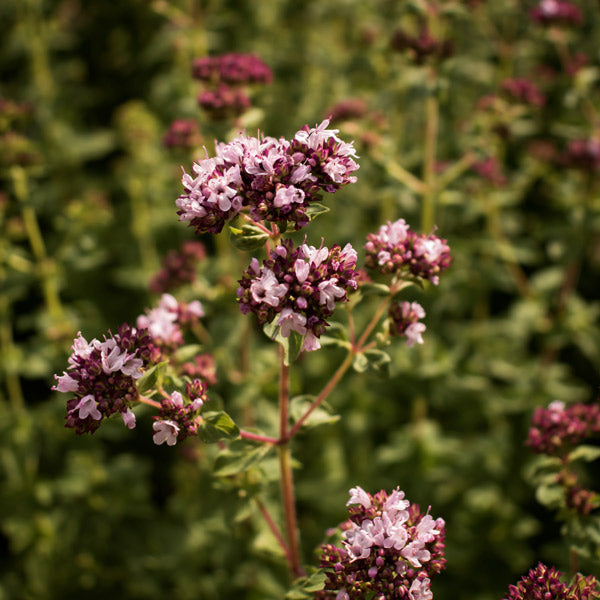
Yes, it still looks like the south! Evocative of Italian gastronomy, it is also essential on a good pizza. It is eaten fresh or dry, but it is acclaimed when it sneaks into quality virgin olive oils. With its slightly velvety leaves, a green tending towards gray, its sunny flavor, it also announces multiple health virtues. It is antibacterial, is cited in the secrets of an anti-cancer diet thanks to its high antioxidant content. Rich in iron, calcium and manganese, it is also anti-stress and analgesic. Treat yourself all summer long and even until the Indian summer in September-October.
9. Parsley, a boost

Curly or smooth, it could serve as a model for a hairdresser. Curly parsley has been the king of garnishes for decades and is tending to lose some of its supremacy in this area to other more "modern" aromatic plants such as basil or coriander. On the other hand, it is enjoyed in vegetable juices and remains very popular in duo with garlic sautéed in a pan with green beans and other small sautéed vegetables. Flat-leaf parsley is both finer and tastier and goes well with all kinds of hot or cold preparations. Both are attractive for their health benefits. "With its vitamin C, B9, K, iron and antioxidant content, it is a real nutritional bomb! Parsley is anti-inflammatory, anti-fatigue, it boosts the body and is excellent for digestion" specifies Aurélie. Bones and eyes also benefit from it, all year round!
10. Rosemary, metabolic stimulant

Good news, it can be found all year round. This Mediterranean aromatic plant is recommended in any type of diet as the list of its benefits is long! In summary, this full, sunny and generous flavor owes its taste amplitude to the presence of phytochemical substances which are a plus for metabolic functions. In addition to being a metabolic booster, it is also a powerful anti-inflammatory (pantothenic acid, thiamine, riboflavin, folate, precursors of coenzymes involved in cellular metabolism).
11. Sage, special for menopause

This slightly bitter plant can be enjoyed in a marinade for game or pork meats or more "veggie", in soups or as a pepper substitute! It is also enjoyed as an infusion to alleviate menopause-related disorders, particularly hot flashes. A true champion of antioxidants, it is also digestive and antispasmodic (ideal for soothing stomach aches related to the menstrual cycle). Although it can be found naturally from April to June, the good idea is to dry it to enjoy herbal teas all year round.
12. Thyme, and we breathe!

Another aromatic plant that smells of sunshine and scrubland! And for good reason, it is everywhere from April to June. Thyme is such a part of the French culinary tradition that it is found in dishes in sauce, including meats and vegetables, pasta, omelettes, but also certain desserts such as honey-roasted figs, crème brûlées or crumbles. Fresh or dried, with its cocktail of iron, manganese and vitamin C, it remains an ally of the respiratory tract, throat, digestive and immune systems. Ideal as an infusion with a teaspoon of honey to stop stubborn coughs.
"And the good idea is to associate these plants with spices like cinnamon, the only one I couldn't do without and that I would take with me if I had to choose only one because it is sublime alone and generous associated with all kinds of aromatic herbs" concludes Aurélie Canzoneri. So, if you were looking for a good reason to grow aromatic plants in the kitchen as well as in the vegetable garden, here you are spoiled for choice!
*The podcast “The power of plants by Arkopharma” by Aurélie Canzoneri is on Chérie FM and on podcast listening platforms.
**Other gourmet nutritional health tips and recipes to discover in the Master classes of Angèle Ferreux Maegth on La Guinguette D'Angèle and on her Instagram @laguinguettedangele
